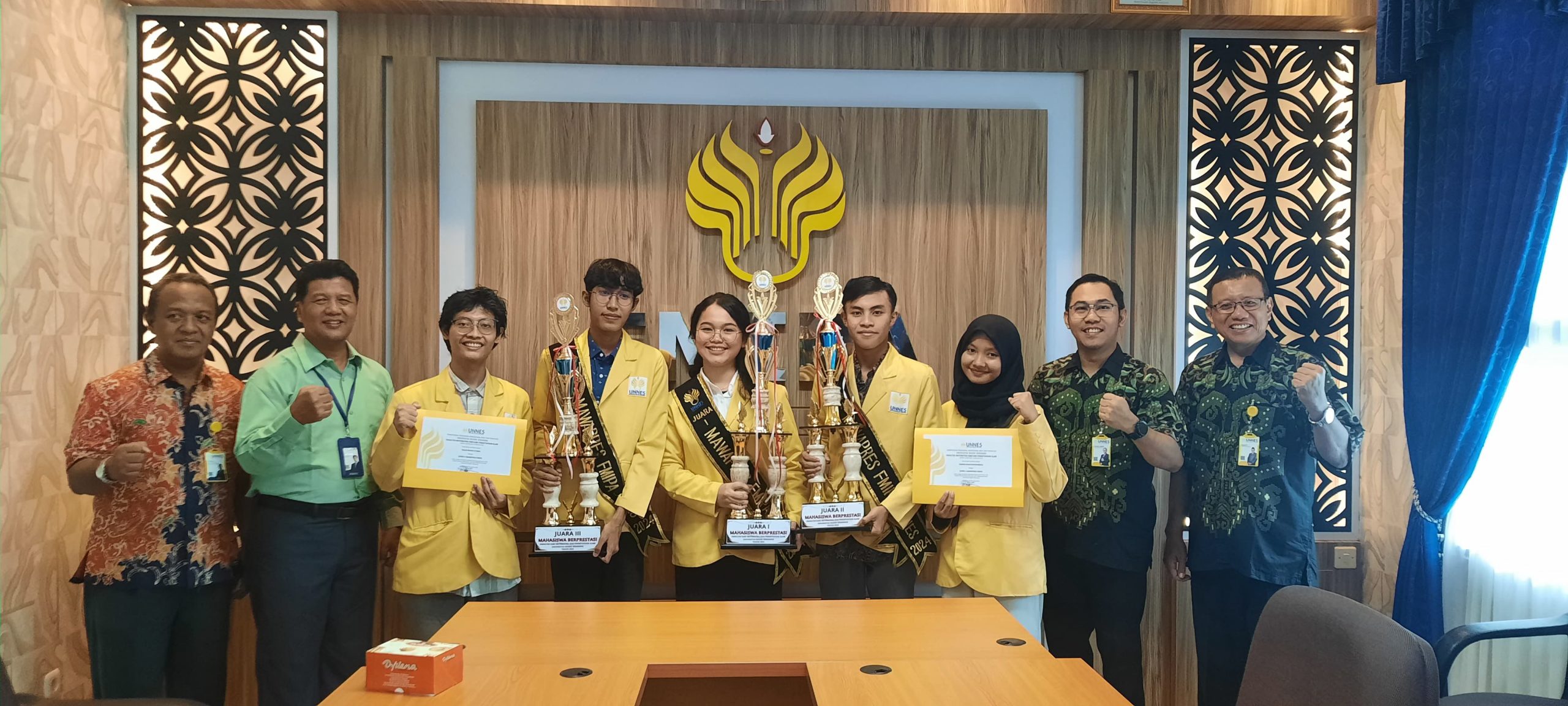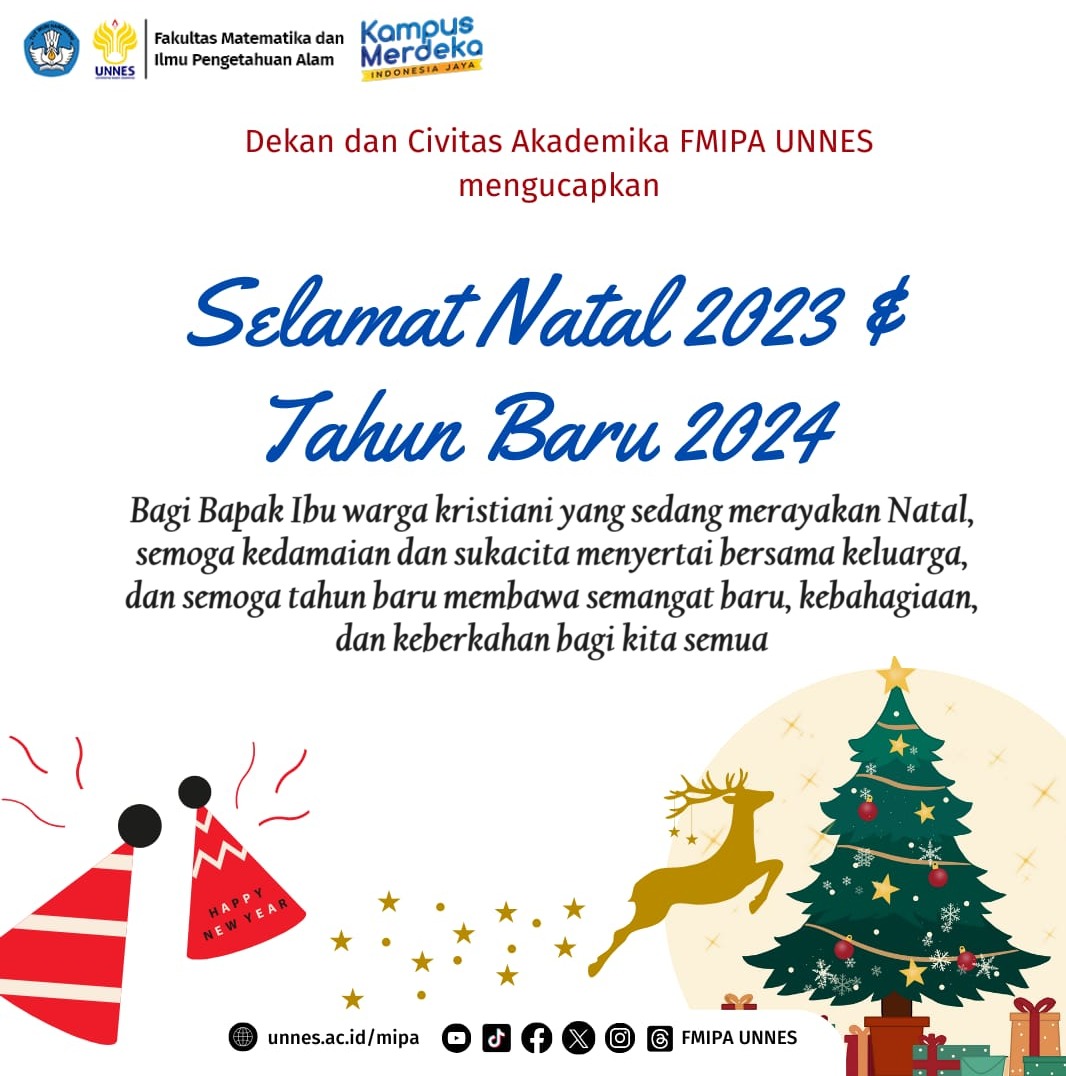Plawangan Beach is located in Rembang Regency. The current condition of the beach is polluted by solid waste. Garbage is solid waste that comes from daily activities, such as buying and selling activities in markets, offices, homes, hotels, restaurants, industry, leftover building materials, and metal scraps from motorized vehicles. Waste is a by-product of human activity that has been utilized (Sucipto, 2012). Waste in the Rembang Regency area comes from households, home industries, and factory industries to offshore because it is carried by sea currents. Mounting rubbish fills the shoreline with types of organic and inorganic waste along Plawangan beach, Rembang Regency.


Figure 1. Plawangan Rembang Beach a). Piles of rubbish on the beach, b) Garbage trucks on the beach
How does the process of beach and sea water pollution occur?
The beginning of this incident was that residents in the area around Plawangan Beach in Rembang Regency did not have access to rubbish disposal for approximately 5 years. They carried out rubbish dumping activities on Plawangan Beach. This was also supported by the local government’s lack of sensitivity in dealing with this problem. In fact, a rubbish dump had been made. Meanwhile, the local government measures 10 x 10 meters and then all the rubbish has been dumped there. As time goes by, the rubbish overflows onto the beach.
What are the impacts of beach and sea water pollution?
The coastal area has changed its function to become a large-scale waste disposal site called a TPA. Final Disposal Site (TPA) is the final stage of the waste processing process where the waste resulting from collection or transportation and the remainder of the recycling process in an area or city street is collected for management. Therefore, final disposal sites (TPA) must be managed well so that the collected waste can be managed well and does not pollute the environment. Final disposal sites must be properly prepared, including selecting disposal sites that meet established criteria by considering site characteristics, including land use, physical topography and activities, to minimize impacts on the surrounding environment. Then many people fell ill due to this environment, such as diarrhea in almost all ages caused by Escheria coli bacteria, some also experienced kidney failure, especially adults caused by Vibrio cholerae bacteria and fever in children under five caused by Salmonella typhimurium bacteria.
What are the efforts to overcome beach and sea water pollution?
An effort that requires support for coastal cleaning is a proactive effort for social factors. Currently, waste processing in Indonesia is carried out in many ways (Menlh, 2015). This is what I have to say: TPA transportation and storage contributes 69% of moving waste from its original place to the disposal site. end; Bury 10% using the role of Bacillus, Clostridium, Azotobcter bacteria; Recycling changes the texture of waste from solid to ash producing carbon dioxide (CO2) from the combustion reaction and 7% compost using Rhodopsuedomonas, Lactobacillus, Saccharomyces and Actinomycetes; burned 5%; no management 7% assisted by Bacillus cereus, Bacillus brevis, Bacillus subtilis, Bacillus amylolyticus. Several methods are used to overcome the problem of waste in everyday life, such as handing it over to landfills with legal entities such as those owned by the government to be destroyed or reused with more useful value and quality, destroyed by burying them in the ground with organic waste so that it can be processed by microbes in the soil as decomposers or body decomposers are assisted by worm organisms in the soil, then there is recycling and compost in this case utilizing waste into materials that are more useful for life both in terms of functional, structural and selling value of these materials such as making necklaces from shells and key chains from marine life as well as compost to make fertilizer for plants, especially organic waste, another way is to burn it, in this case it produces carbon dioxide gas (CO2) in the air and the waste that is burned will turn to ash so it is easy to destroy. The final way is to leave it alone in This uses microbes to decompose waste.
Are there pathogenic bacteria in the waste?
There are Escherichia coli bacteria in the waste. This bacteria is a pathogen that causes diarrhea in humans and animals. It is suspected that Escherichia bacteria on beaches come from human waste or live animals mixed with rubbish. The presence of these bacteria in water is a sign that the water is contaminated by human waste or the waste of living organisms. A sign that the water around the beach has been contaminated. Bontong et al., (2011) said: Enterobacter and Escherichia types called the Coliform Bacteria group are internal indicators of the toilet. One species of this genus is E. coli, apart from being able to cause digestive tract disorders in the form of diarrhea or often referred to as a precursor to diarrhea, it can also cause hemolytic uremic syndrome, kidney failure and even death. It is suspected that the presence of Vibrio bacteria on the beach comes from human waste. According to Arnia et al Citizen (2013), many Vibrio cholerae are found on the surface of water contaminated with feces, thereby transmitting the disease. This may be caused by a lack of water, food and sanitation. By filling landfills with rubbish and leaving them open, product leachate cannot be controlled, causing odors and contamination of land and surface water. Apart from that, it is also known that in polluted sea water there is the presence of Vibrio sp bacteria.
Bibliography
Rahmatullah, I. (2023). Pelatihan Implementasi Pemilahan Sampah Plastik Di SDN 001 Samarinda Utara. Jurnal Pengabdian Kreativitas Pendidikan Mahakam (JPKPM), 3(1), 124-126.
Putri, Y. P. (2018). Identifikasi Bakteri pada Tubuh Lalat Rumah (Musca Domestica Linn.) di Tempat Pembuangan Akhir Sampah (TPA) dan Pasar. Jurnal Biota, 4(1), 29-35.
Pattiasina, M. K., Tondobala, L., & Lakat, R. (2018). Analisis pemilihan lokasi Tempat Pembuangan Akhir (TPA) berbasis geography information system (GIS) di Kota Tomohon. Spasial, 5(3), 449-460.
Yuliadi, L. P. S. (2017). Optimalisasi pengelolaan sampah pesisir untuk mendukung kebersihan lingkungan dalam upaya mengurangi sampah plastik dan penyelamatan pantai pangandaran. Jurnal Pengabdian Kepada Masyarakat, 1(1).
AUTHOR BIODATA
Abdillah Kafabihi is the name of the author of this article, born in Pamotan Village, Pamotan District, Rembang Regency, Central Java on August 30 2004. The author studied from SD N 1 PAMOTAN (graduated in 2017) continuing to SMP N 1 PAMOTAN (graduated in 2020) and SMA N 1 PAMOTAN (graduated in 2023), now studying at the Faculty of Mathematics and Natural Sciences, Chemistry Study Program, Chemistry Department, Semarang State University (UNNES) Semarang City. The author is also active in organizations, from middle school until now, starting from Secretary of the Middle School OSIS, then becoming secretary of the High School OSIS to becoming an alumnus of the National Cadre School, Student Executive Board, Semarang State University Student Family (SKB BEM KM UNNES) generation 15. The author in the competition represents KSN Chemistry at Regency Level during high school and represented the SAKA WIRA KARTIKA competition and won 2nd place in the pioneering competition at Rembang kwarcab level. The author also got 1st parallel in high school graduation and was the best graduate from his school during high school. The advantage that the author has is that he is able to sing in the pop genre in front of many people and has appeared at the 2023 GBK (Chemistry Month Celebration) event which was organized by the Chemistry Study Program, FMIPA UNNES. Within the scope of the study program, the author is also active as commander of the 2023 Chemistry Class A class and at the same time as the person in charge. responsible for all courses in the group and in the community. The author is also still active in the Rating Working Council organization as secretary of the Pamotan branch quarter, Rembang Kwarcab, Central Java Kwarda.





